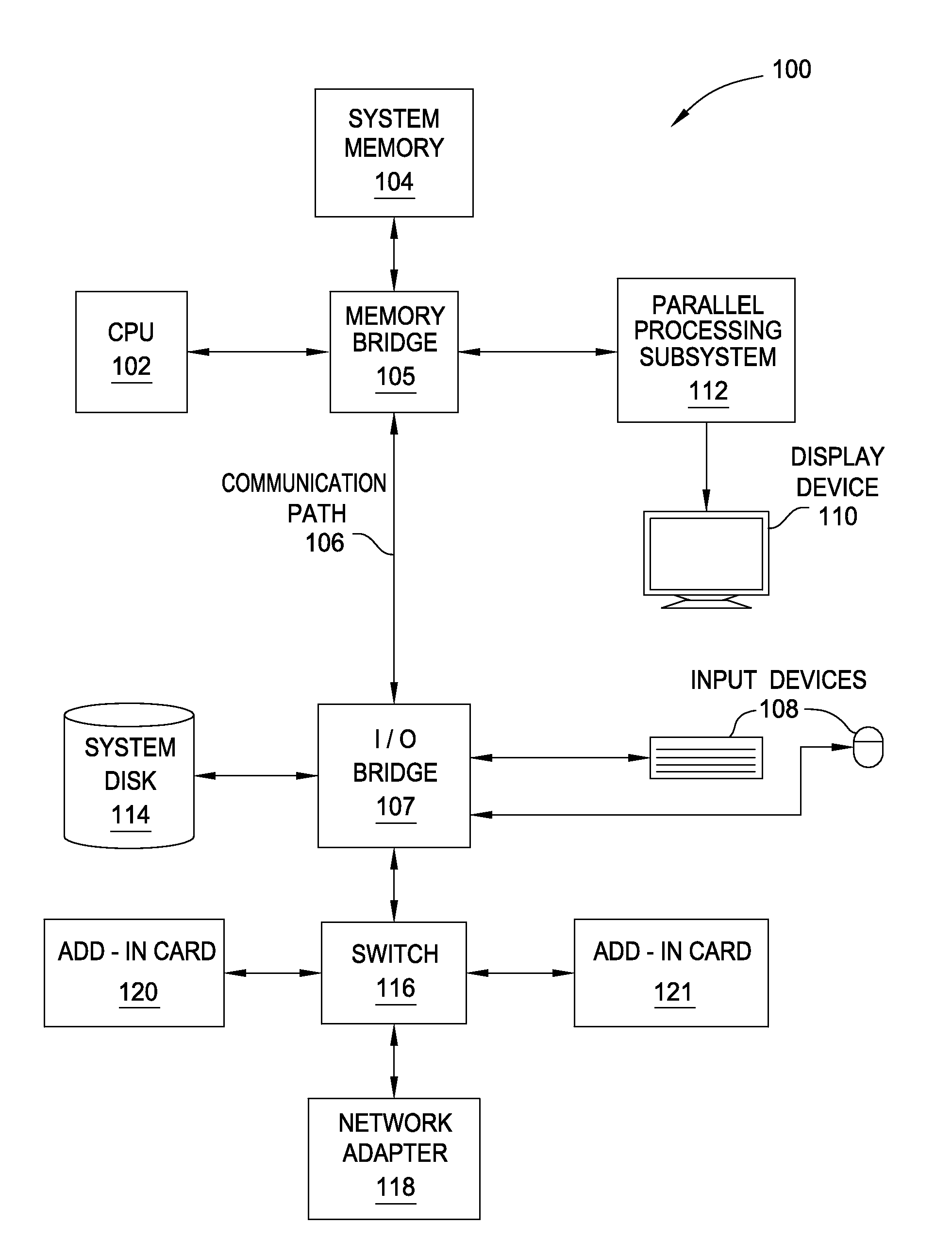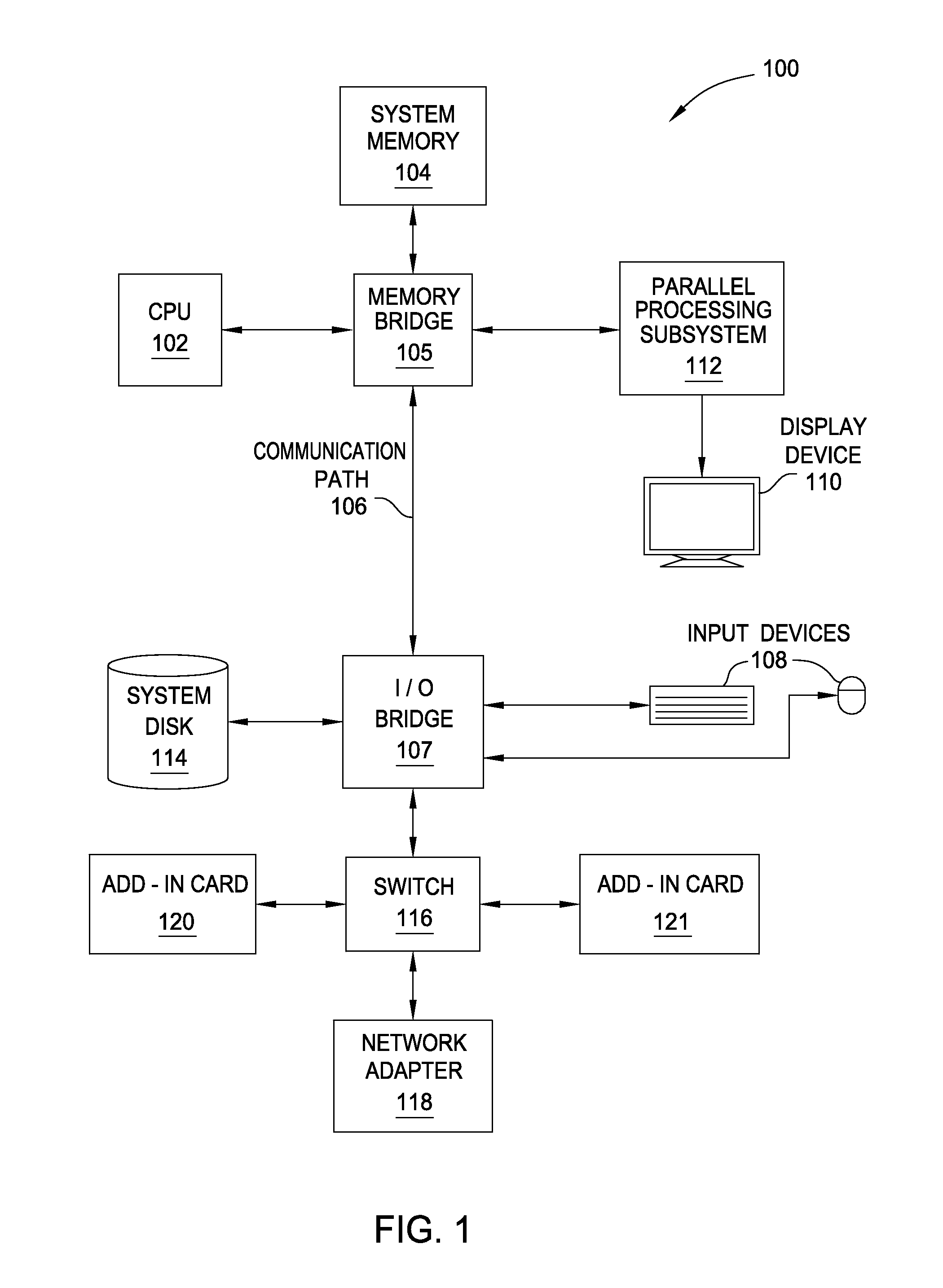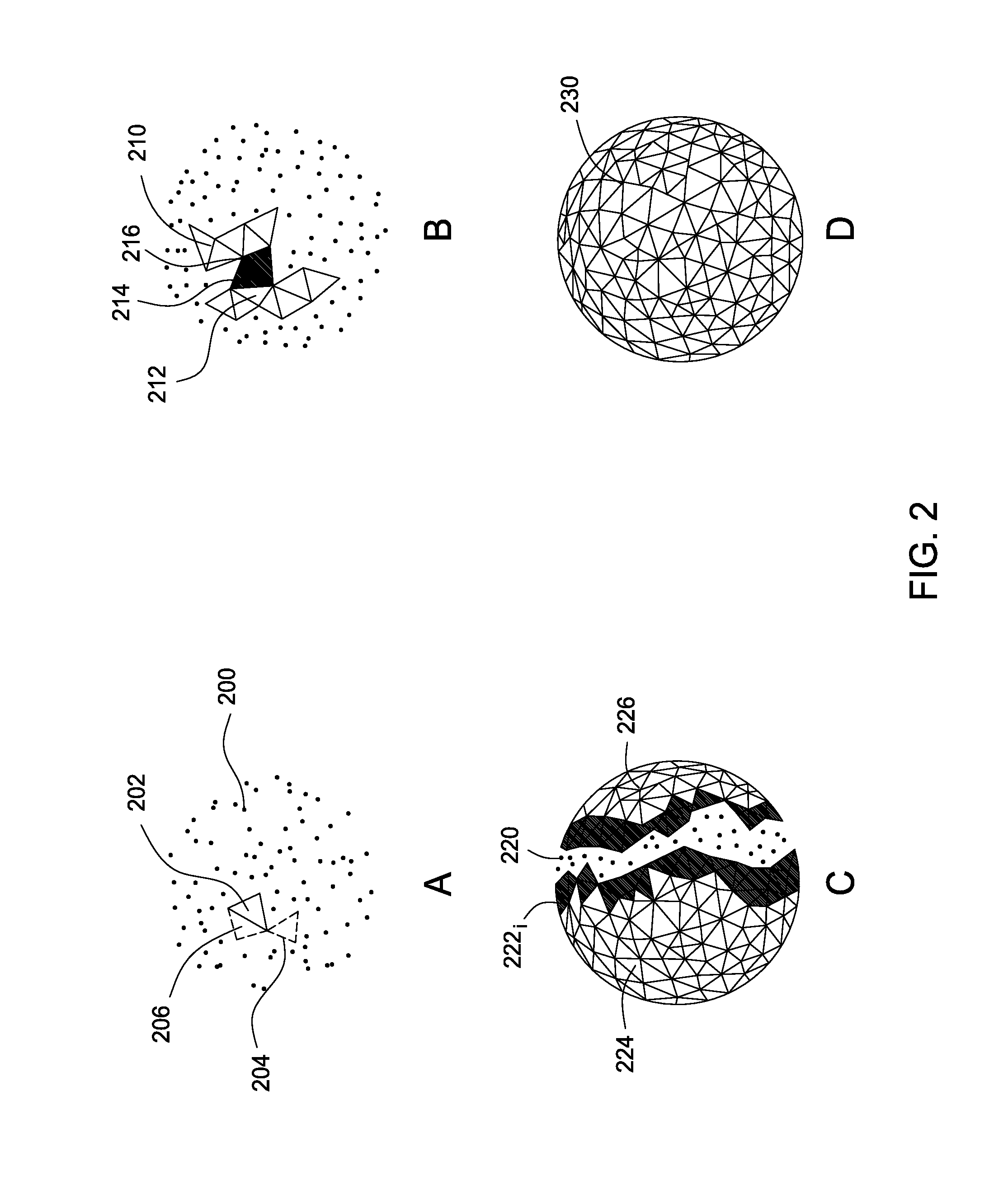Generating a consensus mesh from an input set of meshes
- Summary
- Abstract
- Description
- Claims
- Application Information
AI Technical Summary
Benefits of technology
Problems solved by technology
Method used
Image
Examples
Embodiment Construction
[0015]Embodiments disclosed herein generate consensus meshes which cover a received set of points. In one embodiment, a meshing application generates a series of meshes that cover the received point set by varying one or more parameters of an interpolating meshing technique. Examples of interpolating meshing techniques include a ball-pivoting technique, tangent-space Delaunay triangulation, etc., and more than one of these techniques may be used to generate the meshes. The parameters being varied may include, e.g., a spatial parameter (e.g., a radius in the ball-pivoting technique), a seed triangle from which the mesh is grown, and the like. Different values for the one or more parameters may be used to generate each of the meshes. After generating the meshes, the meshing application may sort triangles in the meshes based on the frequency in which the triangles appear in the meshes. The meshing application may then iteratively add next-best triangles which are compatible with the cu...
PUM
 Login to View More
Login to View More Abstract
Description
Claims
Application Information
 Login to View More
Login to View More - Generate Ideas
- Intellectual Property
- Life Sciences
- Materials
- Tech Scout
- Unparalleled Data Quality
- Higher Quality Content
- 60% Fewer Hallucinations
Browse by: Latest US Patents, China's latest patents, Technical Efficacy Thesaurus, Application Domain, Technology Topic, Popular Technical Reports.
© 2025 PatSnap. All rights reserved.Legal|Privacy policy|Modern Slavery Act Transparency Statement|Sitemap|About US| Contact US: help@patsnap.com



